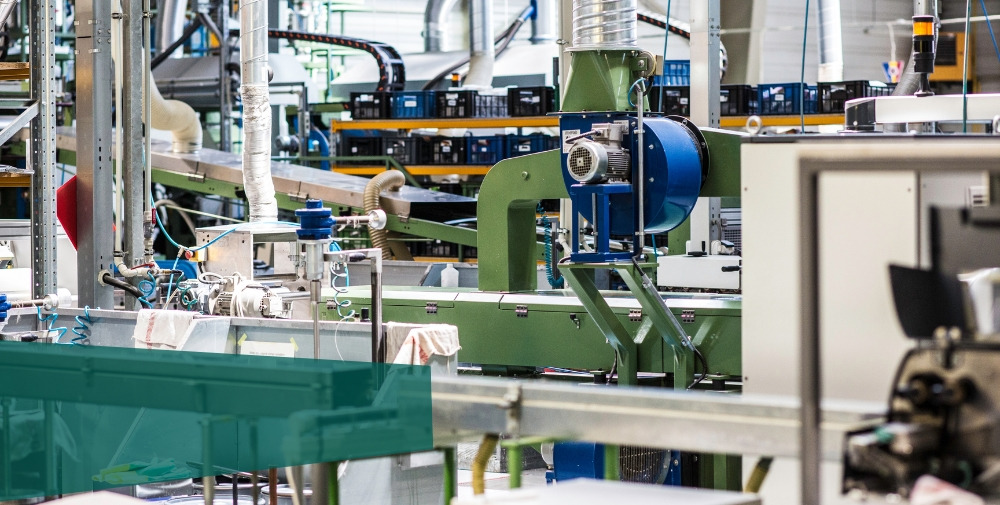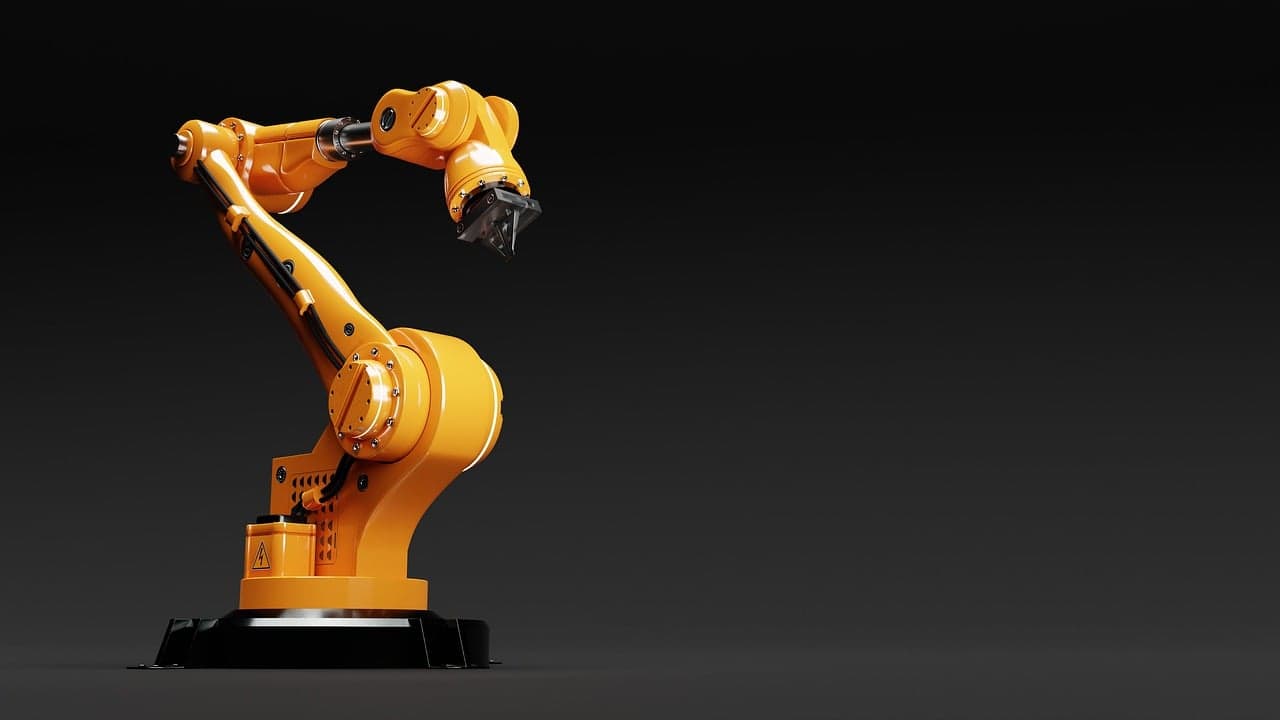Time series, image and other data, which are acquired by measurement and inspection processes, often form the basis on which deviations from the standard can be determined. In this context, the evaluation of data by humans is often incomplete due to the large volumes of data for cost reasons and has potential for improvement in terms of the accuracy of the assessments. Especially in assignment and classification tasks and the detection of patterns and anomalies, the benefit of AI methods is therefore high. They are occupying an increasingly important space in manufacturing control alongside established analytical ‘tools’.
Open Learning Systems
A first step in adopting AI methods lies in recognizing that a fundamental shift in mindset is required: away from the security and detachment of traditional rule-based analytical methods, and towards an open, learning, and experience-based system.
The predictive accuracy of AI models decreases over time. In contrast to conventional analytical methods, however, they can learn. Either self-learning (machine learning approach) or with the help of a domain expert, models can be adapted to changing conditions as needed. For example, previously unknown artifacts in microscope images or previously unknown sensor signals can be learned retrospectively through novel deviations in processing. In addition to the selection, implementation and provision of suitable and optimally parameterized algorithms, easy access to the models by experts is therefore required for tasks such as model training, result visualization, model versioning, model release and model monitoring.
Heterogeneous plant landscape
OEMs are increasingly trying to integrate AI applications into their plants. This offers the advantage that all data generated on the machines is available for analysis comprehensively and without interface problems. However, this setup also has disadvantages:
On the one hand, many of the OEM inspection systems are highly specialized, not quite inexpensive, can only be used for a limited range of applications and have limited flexibility for customer-specific extensions. However, especially in the SME sector, there are a large number of very specific AI use cases and these gaps need to be closed.
On the other hand, machine-external data usually cannot be easily integrated into the tool-internal AI recipes and the analysis options are limited to the corresponding plant-generated data.
In the industrial environment, moreover, a rather heterogeneous plant landscape is often common, especially in the high-tech sectors. For example, inspection systems and microscopes do not necessarily come from just one manufacturer. If you are dealing with different OEMs, a uniform approach to the introduction of AI applications in manufacturing can be an additional challenge, and you buy another AI management system with each new OEM. An AI toolkit that is independent of equipment manufacturers and can be flexibly embedded in the IT landscape is therefore recommended.
Requirements for IT
In order to reliably operate AI methods in the production environment, it is advantageous to have a uniform workflow for all types of AI applications occurring in the company, from the creation, parameterization, release, monitoring and management of the models, the model versions and their training and result data. Integrating these business processes into the IT landscape of industrial companies can be costly. Three different expertises have to be combined: the technical expertise for the concrete use cases, the expertise in selecting and implementing the right AI methods and the expertise for the IT-side integration and workflow design. The people involved have very different skills and ways of working. While users and engineers are usually very reluctant to deal with programming or complex parameterization, Data Scientists deliver their results in the form of (e.g. Python) scripts. IT staff are then faced with the task of monitoring the trained models using MLOps methods, ensuring rollbacks to historical training states as well as backward compatibility of trained models after upgrades of system components, providing the business processes mentioned above, and taking into account a number of other requirements for data provisioning, real-time, deployment, maintenance, setup effort, traceability, robustness (24×7), and user management. However, a clear concept for the integrability of these IT requirements is a prerequisite for any introduction of concrete AI use cases. With the use of specially designed commercial solutions that take these requirements into account, many stumbling blocks can be avoided, especially in the SME sector, and a time- and cost-optimized introduction of AI methods in the company can be achieved.
Solution approach
If OEMs offer affordable, mature integrated AI applications that are sufficiently tailored to the specific use case, this can be a first step. However, the following criteria should not be ignored:
- How well can the AI recipes be set up, versioned and monitored?
- How well can the prediction quality be maintained at a sufficient level and how flexibly can models be retrained?
- How flexibly can they be extended to similar use cases without incurring additional costs?
- How well are the results reproducible/repeatable and explainable?
- How well does the system used meet requirements for traceability, further development and upgrade possibility?
- How well can data from other (plant-external) sources be integrated into the AI recipes if required?
- Which interfaces can be used to make results data available to other systems?
- How well do the integrated AI applications meet requirements for company-specific business processes such as release guidelines, data protection, data security, monitoring and user management?
If these questions are to be addressed as uniformly as possible in the company, a central, standardized AI framework that can be used throughout the company for various use cases and that works independently of the data-collection systems is recommended. This allows the user to apply his expert knowledge in a uniform procedure on a use case-specific basis instead of on a system-specific basis.
Central AI framework that can be used company-wide
By using such a central AI framework, many gaps in AI-based production monitoring can be closed, especially in the SME sector, by killing “several birds with one stone”:
- Using only one system for different use cases in manufacturing control makes it affordable, as the requirements described above only need to be designed, implemented or purchased once.
- A consistent workflow for creating and rolling out AI recipes is feasible even for less trained personnel.
- Individual company-specific use cases can be tackled promptly on one’s own, independently of data-capturing systems and integrated OEM solutions.
- The use of low-cost hardware (cameras, sensors) is possible, since the data processing can be performed by the AI framework.
The following aspects should be considered when selecting such a system.
Modular approach
From a technical point of view, a well-integratable modular approach should be used for a step-by-step and flexible connection to the existing data-generating systems. This also offers the advantage that a step-by-step implementation is possible.
Uniform workflow
From a process perspective, a uniform workflow should be available for the implementation of AI applications that takes into account the criteria mentioned above. A standardized interface should enable model developers to provide use case-specific model templates, which can then be used and managed by business experts. The processes required for this are e.g. teaching, parameterization, verification, release, monitoring and management of AI recipes. It is important that all these tasks can be performed without an AI / data science background to ensure sufficient flexibility in manufacturing.
B2B and good cooperation with solution providers
When purchasing an AI framework, care should be taken to ensure that support and technical consulting services are available in addition to the provision of the system. For individual use cases, it may be necessary to provide mathematics or algorithms specially tailored to the specific use case as plug-ins. The solution provider should also offer this service or at least ensure that its system offers an interface for the execution of self-developed code.
Analytic Platform
Such a workflow can then also be used for conventional analytical methods and form a basis for a large number of different use cases that go beyond AI. The user specifies which data is to be analyzed and how, a data scientist develops the methods, and a uniform workflow enables fast and reliable rollout to production. Thus, all pending data analysis tasks in production control can be realized in a central system.
Have we aroused your interest in such a platform? We would be happy to set up one of your use cases together as a demo.
_ _ _ _
Author of this article

Michael Meinel
convanit GmbH & Co. KG, CEO
_ _ _ _
convanit GmbH & Co. KG
Convanit GmbH offers software and services for automatic AI-based image classification in production environments. Here, the customer decides whether he wants a complete service for a single control step or simply wants to manage all control steps for the entire site himself.
Dr.-Friedrich-Wolf-Strasse 30
01097 Dresden
Phone: +49 (0) 151 566 198 99
E-mail: info@convanit.com
👉 convanit GmbH & Co. KG




